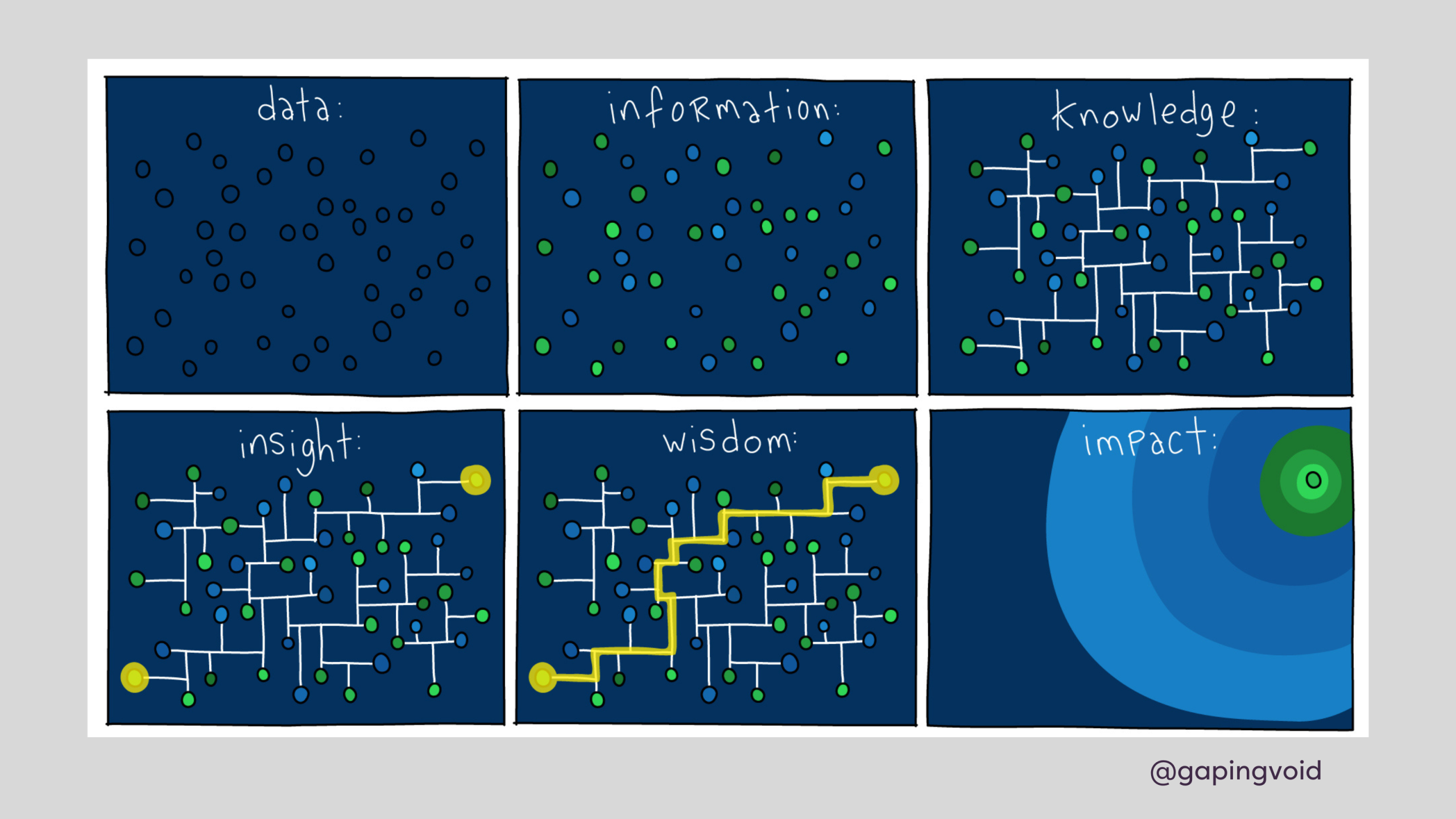Alright, so your business has a ton of data—great! But now what? It’s like having a pile of ingredients in your kitchen but no recipe. Data is fantastic, but without a game plan, it won’t do much for you. So how do you turn all those numbers into something that provides incremental value to business leaders that they don't already know?
According to a Salesforce study in 2023, 80% of business leaders said data is critical in decision-making at their organization. They cited benefits like faster decision-making, building trust within the organization, improves focus and reduces uncertainty. However the same study found that 67% of leaders were not leveraging data for complex strategies like pricing due to having inadequate tools to generate insights from their data.
Business leaders are experiencing one of the toughest economic markets of our time, but they have an untapped advantage for better decision-making: their data.
Juan Perez, Chief Information Officer, Salesforce
The CIO of Salesforce is focused on data literacy training for employees to establish a data culture that supports business goals and improves resilience ahead of a potentially turbulent economic future. “The secret to driving true insights is marrying data with analytics. A combination of data, analytics, and the necessary data skills enables companies to maximize their technology investments and uncover opportunities that drive business strategy and strengthen customer trust,” said Perez.
Data literacy is critical for success in any organization in the modern economy where data is everywhere and tells the unspoken tales of potential opportunity and existing waste. Getting value from data is simpler than you might think--we'll break it down into steps with a digestible example.
Step 1: Data - You’ve Got a Lot, but So What?
First things first, you've integrated data from all your business software and stored it in a data warehouse, including marketing, sales, customer interactions, and website traffic data. But just having data isn’t enough. It’s like having a phone book (remember those?), but no idea who to call. What matters is how you are using your data.
Let’s say you are selling online and in-store. Over the past year, you’ve been tracking customer behavior. Tons of people are buying your products, but where do you go from here?
Step 2: Information - Organizing the Chaos
Now that you’ve got all this data, it’s time to organize it into something useful. This is the step where you turn random numbers into valuable information. You do this by segmenting your data into categories. Think of it like decluttering your closet–grouping similar things together makes it easier to figure out what’s really going on.
You might separate your customers into groups–those who shop online vs. in-store, those who subscribe to a service vs. those who make one-time purchases. Suddenly, the data makes more sense because you are looking at it in buckets.
Step 3: Knowledge – Spotting Patterns
Once you’ve organized your data, you can start spotting patterns. This is where your data turns into knowledge. It’s like noticing that every time you put out a curtain display ad, more people end up on your website. Patterns are what turn data into something that you can actually use.
You may discover that customers who see your display ads are landing on your website and buying more often than those who come through other channels like organic search. Now you’re onto something!
Step 4: Insights – Digging Deeper Into the Why
Alright, you’ve got your patterns, but now it’s time to take it a step further. Insights are where you dig into the why behind those patterns. Why are certain customers responding to certain ads or offers? When you can answer that, you’re moving toward actionable insights.
Maybe you find that families with young kids are way more likely to become repeat customers after clicking on Ad A. That’s a huge insight! It tells you something important about your audience that you can use to shape your marketing strategies.
Step 5: Wisdom–Telling the Data Story
Now it’s time to put all of those pieces together and tell the story your data is revealing. This is where your data turns into wisdom–understanding the bigger picture. You can now see how everything is connected, from the initial ad click to the final sale, and what it means for your business.
For example, picture that you now know that families with young kids are a key audience, and they love your messaging in Ad A. That’s a golden nugget of wisdom you can take straight to the bank (literally!).
Step 6: Impact–Taking Action That Moves the Needle
Finally, the big moment. This is where all your data work pays off. The impact comes from taking what you’ve learned and actually applying it to your business strategy. It’s about making changes that lead to real results, like increased sales, better customer experiences, or more targeted marketing.
Imagine you decided to shift your marketing strategy to focus more on families with young kids. You create more ads like Ad A, tweak your messaging to speak directly to an audience, and watch your sales soar. That’s how you drive impact!
Data isn’t Just Numbers–It’s your business GPS
There’s no shortage of data, but the real value lies in how you use it. More and more companies are investing in data infrastructure solutions to support decision making at a faster rate than ever before. To make a lasting impact on your business, don’t just collect data–proactively organize it, analyze it for patterns, extract insights, and make informed decisions based on the data your story tells.
Remember, the key to unlocking the power of your data is taking a problem-solving approach at each stage–moving from raw information to insights and, finally, to impactful action that drives growth.




